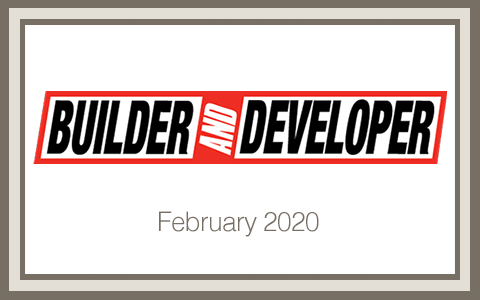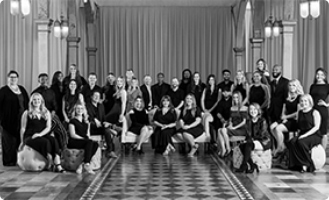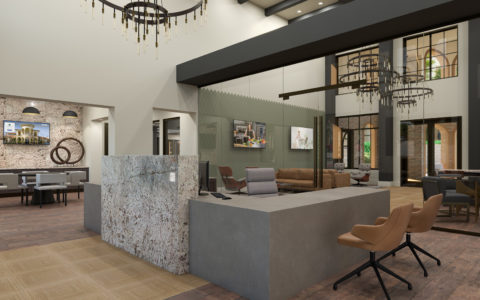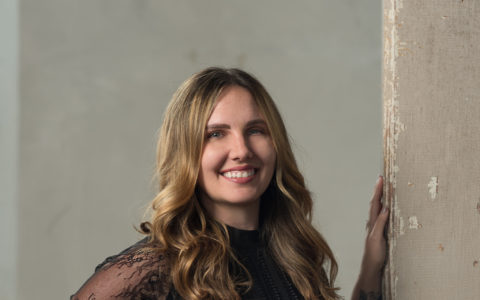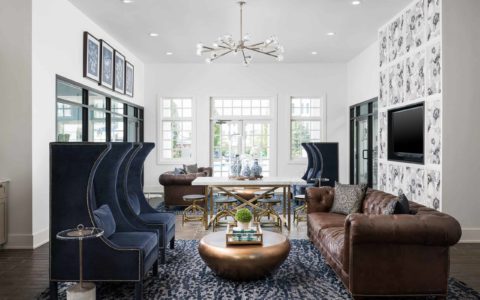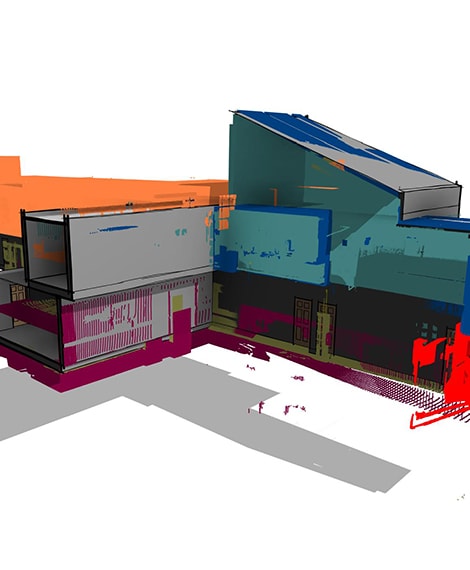Our Vice President of Interior Design and Architecture, Darla Dillon, recently spoke with Builder and Developer Magazine on how to market to future residents early by catching their eye with curb appeal. Read the full contribution below or the original article here.
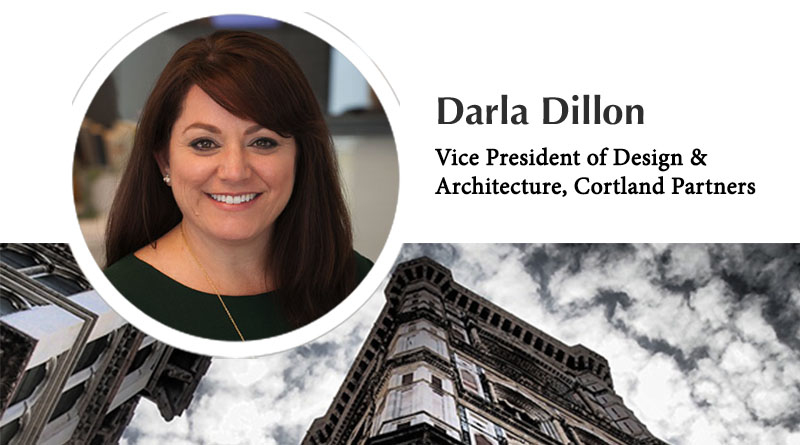
First impressions influence how we perceive people long after that first coffee date. The same goes for buildings. That first look sets our expectations about what – and who – waits for us inside.
At Cortland Design, my team and I constantly think about first impressions as we design apartment communities across the country. With more than 93,000 residents that call Cortland home, each had a major decision to make, ultimately choosing to live with us.
But why do apartment seekers choose one community over another? After finding the best location, they have to figure out which apartment community best suits their lifestyle and will provide the best living experience. An apartment seeker’s first impressions – of the community’s look and of the staff that greets them – help them decide whether to take a tour or sign a lease. So with this in mind, let’s talk about some of the ways exterior design can help a community stand out and attract future residents.
Use signage to draw people in
Community signage is one of the first elements future residents notice. Monument signs seem simple enough, but it’s important to be thoughtful when designing them. These signs generally cost upwards of $100,000; so, a major mistake could mean you’ll have to re-do it and cut back elsewhere.
Start by understanding local regulations, which can vary widely. Once you’ve got a good grasp on what is and what isn’t allowed, start designing. Typically, apartment communities create brick monument signs. It’s traditional and, well, pretty boring. My team and I choose instead to use a mix of materials on signage, blending wood and metal for a more modern, visually appealing look. The colors we use in our monument signs reflect color choices within the community’s interior design. If we use bronze throughout the interior, we use bronze in the sign to create a cohesive feel as future residents move from the outside in.
Invest in landscaping to revitalize older communities
Hard and soft landscaping can either elevate the overall feel of a community or drag it down. Softscaping, which can revitalize a community’s exterior, shouldn’t start until you’ve found a great local landscape architect to partner with. If your landscape architect doesn’t know the local climate very well, you’ll end up with dead, sad-looking plants – wasting your budget and turning off potential residents.
Softscaping updates, even one as simple as pruning overgrown trees and shrubs, provide great bang for your designing buck. Apartment seekers feel like the community is more high-end when the landscaping is polished and well-maintained. Pops of color from perennial plants at the front of the community contribute to the stunning first impression you want to make. And in high-traffic, high-visibility areas, perennials make a future resident’s walk from the leasing office to the pool more pleasant (and more memorable.)
Hardscaping is more expensive and more difficult to change, but don’t ignore it. One consideration the team at Cortland evaluates is existing concrete paths. Concrete ages with time – pairing old concrete with new in one walkway creates a broken-up, mismatched feel. When we need to extend or repair a walkway, our preference is to install a new, continuous concrete path. However, that’s not always in the budget. So, the team sometimes gets creative by using outdoor tile as an alternative material to help with transitions and refresh the space.
Remember who maintains curb appeal
Curb appeal is the combination of a lot of elements, but what pulls it all together is the community team’s pride of place. Community teams that are supported in their jobs and proud of both the company they work for and their specific apartment community are the people who truly make a community stand out to potential residents.
The design team isn’t there every day – it’s the dedicated community teams that pay attention to inevitable litter and cigarette butts, and who’ll pick these up even when it’s not their job. They give the design team an early heads-up that exterior paint looks tired or plants need tending. And it’s the leasing associates whose personal interactions with future residents during community tours that make the exterior design feel even more impressive and inviting.
Design is a reflection of what we value. At Cortland, that means designing with our company’s resident-first mentality top of mind. Great design teams don’t design for buildings – they design for people, including the people who call our communities home and our community team colleagues. Remember, while the first impression is important, it’s just the beginning. It’s what’s inside – whether that’s a building, a person, or a company – that really counts.

